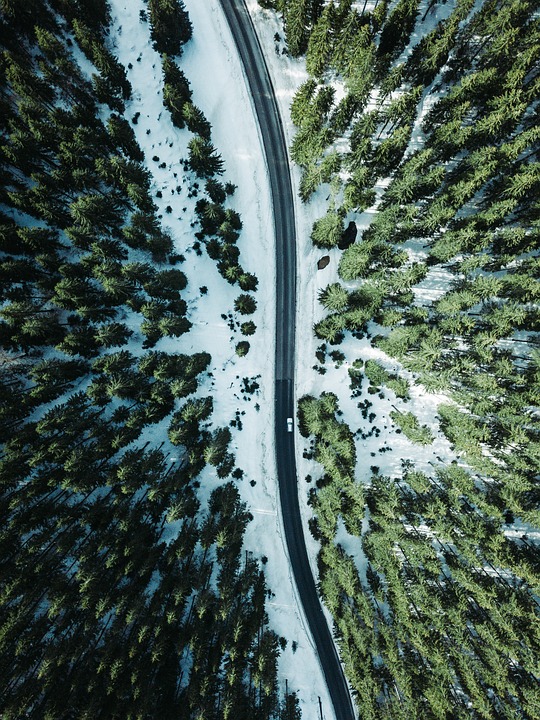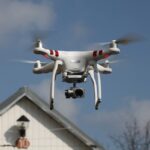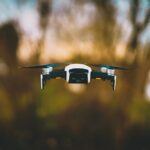With the rise of drone technology, drones have become an essential tool for filmmakers looking to capture stunning aerial footage. The ability to fly a camera in the sky opens up a world of creative possibilities, allowing filmmakers to capture unique perspectives and breathtaking landscapes. However, mastering the art of drone videography takes more than just flying a drone – it requires a combination of technical skill, creativity, and attention to detail. In this article, we will share some top tips for shooting professional-quality footage with a drone.
1. Learn your drone
Before you start shooting, it’s important to get to know your drone inside and out. Familiarize yourself with the controls, settings, and flight capabilities of your drone to ensure smooth and seamless operation. Practice flying in different environments and weather conditions to build confidence and improve your piloting skills.
2. Plan your shots
Great drone footage starts with careful planning. Before you take off, consider what kind of shots you want to capture and how you can achieve them. Think about composition, framing, and camera movements to create dynamic and visually interesting footage. Create a shot list or storyboard to help guide your shooting process and ensure you capture all the necessary shots.
3. Use manual camera settings
While many drones offer automatic camera settings, using manual settings will give you more control over your footage. Adjust settings such as exposure, white balance, and ISO to achieve the desired look and feel for your footage. Experiment with different settings to find the perfect balance for the lighting conditions and environment you’re shooting in.
4. Pay attention to lighting
Lighting plays a crucial role in creating captivating drone footage. Golden hour (the hour before sunset) and blue hour (the hour after sunset) are ideal times for shooting as the light is soft and flattering. Avoid shooting in harsh midday sunlight, as it can create harsh shadows and overexposed areas. Be mindful of the direction of light and how it affects your shots, and adjust your camera settings accordingly.
5. Experiment with camera movements
One of the advantages of drone videography is the ability to create dynamic camera movements. Experiment with different movements such as pans, tilts, orbits, and reveals to add visual interest to your footage. Practice smooth and controlled movements to avoid jerky footage and create a professional-looking end result.
6. Edit your footage
Once you’ve captured your footage, the editing process is where you can truly bring your vision to life. Use editing software to trim, crop, and color correct your footage to enhance its visual appeal. Add music, sound effects, and graphics to create a polished and professional final product.
Mastering the art of drone videography takes time, practice, and experimentation. By following these top tips, you can improve your skills and take your drone footage to the next level. With careful planning, attention to detail, and a creative eye, you can create stunning and professional-quality aerial footage that will leave your viewers in awe.





